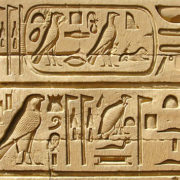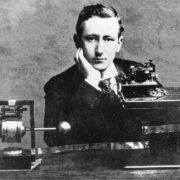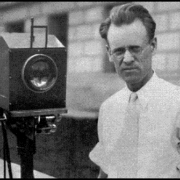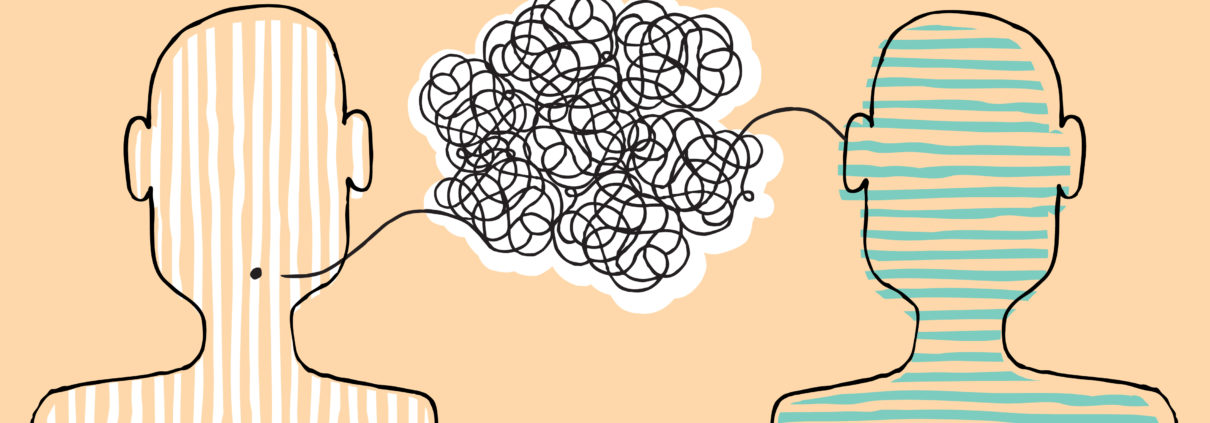Stop Preaching and Start Communicating
Stop Preaching and Start Communicating
In the last couple of posts I explored methods that will help you preach to your whole congregation, to relate to the variety of people in it. With this post we’re going to change gears, and explore another avenue to learn how you can become a more effective preacher. Stop preaching and start communicating to your listeners. That phrase, stop preaching and start communicating, is the title of a little known book that I came across recently in my study of preaching. It is written by Tony Gentilucci, someone who works in the area of television, but also has studied preaching extensively. We will explore principles in this book over the next few posts, as we seek to be the best preachers we can be.
A History of Communication
In order to understand the communication principles that people producing television have learned, we really need to understand a history of communication.
Communication Was Mostly Verbal
Communication for much of human history was verbal. Someone in the family, usually the father, passed down information to a son, who passed it down to his son, and so on. They told stories about the big events in the history of the family. Since people were limited in where they traveled, and with whom they interacted, global ideas were seldom the subject of the communication.
Pictures Enter the Picture
At some point in human history, communication expanded to pictures. Pictures that described the events of life began to appear in caves and on rocks, telling the stories of hunting trips, where the great beasts of prey were conquered. Archeologists have spent much time studying these pictures, studying communication in those cultures. In this way people communicated in a memorable way over a long period of time.
Pictures Are Communication

Hieroglyphics
The next step in the development of communication was for the pictures to become writing. Early Egyptian and Sumerian languages were pictures. These pictograms represented ideas through which the authors told stories, as well as kept accounts. Here’s a description of what the writing was like:
“The ancient Egyptian writing system is a pictorial script with a huge number of characters: 24 of which stand for what would be recognized as letters, others stand for complete words or combinations of consonants. There are between 700 and 800 basic symbols called glyphs and there is no punctuation or indication of where words or sentences begin or end.”
Systematized Writing
The hieroglyphics gradually turned into an alphabet, and became the source for what you doing right now: reading. Only a few people could read, however, due to the laborious work necessary to produce a book. Copyists spent years making book copies by writing out individual letters. The result? Very few books, and very few people believed it necessary to learn to read.
The Printing Press

Gutenberg
Everything changed in 1426, when Gutenburg developed the printing press. Communication was now possible to thousands, and the publishing of books in large numbers became the norm. Reading was in, and so was communicating thoughts in print so that the masses could have access to them.
Radio and Television

Marconi
The next major step in communication took place in the early 1900’s, with the invention of the radio. Guglielmo Marconi is credited with using radio waves to communicate verbal thoughts and ideas. Radio enabled communication to millions of people instantly.

Philo Farnsworth
Philo Farnsworth, an American Engineer, was the first recipient of a television license, in 1928. While in high school, he conceived the ideas that would lead to the development of tv. The first images were rather rough, but by 1939, it was good enough to make a debut at the World’s Fair in New York. At that time there were only about 200 television sets in the world, but now the cat was out of the bag, and people wanted to “see” communication as well as hear it.
Stop Preaching and Start Communicating
That is an awfully short summary of the history of communication. However, my purpose is to give you a sense of the flow of how people communicated in the past: from pictures on a rock wall to moving pictures on a screen. How do people communicate today? Mostly through the medium of television. Newspapers are dying, as fewer and fewer people read them. Companies spend more money on television advertising than radio or newspaper.
So what’s the point? The point is this: we would be wise to learn some principles of communication so that we can stop preaching and start communicating with people. In the next post we’ll begin this learning process. Stay tuned.




I know this if off topic but I’m looking into starting my own weblog and was wondering what all is needed to get setup? I’m assuming having a blog like yours would cost a pretty penny? I’m not very web smart so I’m not 100 certain. Any suggestions or advice would be greatly appreciated. Kudos
Hmm it appears like your website ate my first comment (it was super long) so I guess I’ll just sum it up what I submitted and say, I’m thoroughly enjoying your blog. I too am an aspiring blog writer but I’m still new to the whole thing. Do you have any suggestions for newbie blog writers? I’d definitely appreciate it.